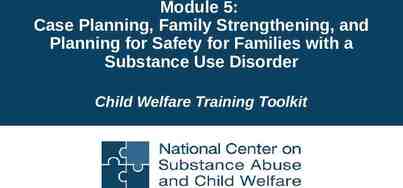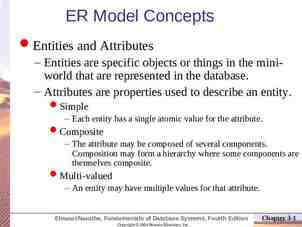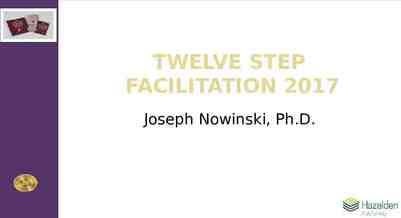Module 4: Stakeholder Engagement
9 Slides937.71 KB

Module 4: Stakeholder Engagement

Module 4 Objectives Describe the importance of stakeholder engagement when establishing the CP model Outline the overall process of stakeholder engagement in the CP model from the initial interest of an IP/local agency to engaging with other IPs to diffuse competition Identify the difference between approval and buy-in and the importance of each Describe how the CP model addresses HIV service delivery barriers /2

Overview of Stakeholder Engagement in the CP Model o Is the first and critical step to introducing the CP model in a new or existing context o Involves building relationships at every level of the system and with different types of stakeholders (government, authorities, community -, faith-, and business leaders) o Happens continuously o The specific process and details associated with stakeholder engagement may vary according to context 3 /3

Steps 1. Interest in CP model from a local agency (CDC/PEPFAR/USG/DOD) or IP 2. IP receives funding from local agency to implement CP model 3. IP conducts advocacy to the MOH to receive their approval and buy-in at the national level to implement the model 4. IP secures the buy-in of the local decision-maker(s) 5. IP engages with local stakeholders, including community leaders, religious leaders, market executives, etc. 6. Include local stakeholders in site scanning 7. IP engages with other IPs /4

Getting Buy In Buy-In is not the same as getting approval! Approval grants the permission to move forward at the national or local level Achieving buy-in involves enlisting support and involvement to ensure the success of the model Explain how the CP models addresses key barriers to service delivery Emphasize “one fight” /5

Barriers to HIV Service Delivery Demand Side (Client) Supply Side (Providers) Time (client wait times and time to reach services) Cost of access (transport) Stigma (especially among men and adolescents) Poor leveraging of relationship capital between community stakeholders (gate keepers) and clinic-based providers (silo mentality) Poor customer care (from service providers) Competition among sector players and stakeholders at various levels limits coordination and effectiveness /6

Case Study: Implementing the CP model in Nigeria CDC HQ (Atlanta) convened virtual meetings were every two weeks over two months to orient CDC Nigeria and the IPs to the CP model CoH conducted abbreviated orientations and trainings for CDC Nigeria and the IPs on most CP model modules virtually Stakeholder meetings with CDC Nigeria and the IPs commenced in Nigeria Scanning and permissions sought from local MOH at both state and city levels 1 CoH; 2 CDC HQ Atlanta Officers; and 1 CDC Zambia Staff took trip to Nigeria During trip, orientations and trainings took place at all levels (i.e. CDC Nigeria, IP, Facility, CP staff, Market Executives, State Officials i.e. State Health Secretary) During visit the ceremonial ribbon cutting and activation of CP took place Follow up support provided through virtual WhatsApp platform support and by weekly online meetings CoH provided virtual support through weekly online meetings to IPs, facility staff, and CP Team Leads and Data Associates /7

Case Study: Implementing the CP model in Zimbabwe CDC and USAID Zimbabwe held virtual meetings, orientations, and trainings for three IPs in three sessions Who were the participants in the virtual meetings? Who was the target for the orientation and training? Zimbabwe IPs (ZACH, AFRICAID, FACT) visit CoH Zambia with CDC Zimbabwe and USAID for onsite orientation, training, mentorship and connecting visit. CP staff and IP from Zimbabwe participated in a practical consisting of field visits to CoH CPs with orientation and training Training included CoH model cascade modules; role of IP in ensuring success by CRS, role of local CDC in ensuring success; role of CDC HQ in (one officer had travelled from US) supporting CPs through timely provision of support to both IP and Facility, role of MoH in supporting the CP CoH visit to Zimbabwe to orient, train, scan, interview short listed staff, review scanned communities, meet stakeholders i.e. market executives, faith communities, provincial ministers and officials Training and orientation of PEPFAR interagency in country /8

Thank You!






